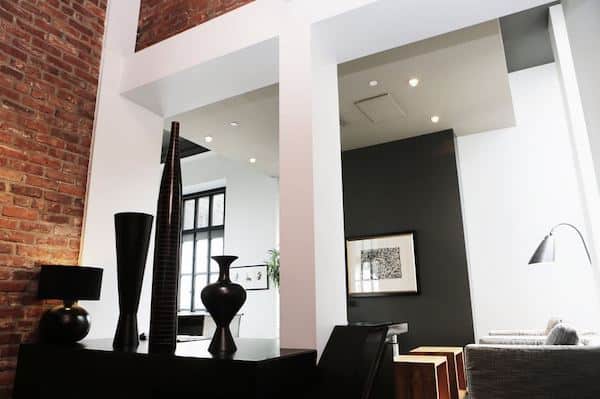Lighting plays an essential role in our home and, therefore, has become one of the most important areas when we approach interior design. Improvisation or impulse purchases are always bad advisors in this matter, so it is always more than advisable to develop a proper planning in which exterior and interior light are mixed. On this will depend, to a large extent, on the personality we want to provide to our home.
On the one hand, natural light is essential for life inside our home. The previous work that has been done in the architecture studio is not the only one to carry out to get the most out of the light that comes from the outside: elements such as curtains, the colors that we have selected for the painting of our paintings will also influence walls or even the placement of furniture.
Once assumed these details, it is necessary to deal with artificial light that, if not chosen correctly, can not only cause us harm, but can also ruin the effort we have made in our interior design.

Light types
Therefore, light transcends its functional role and becomes a true decorative protagonist. In this sense, one of the most common mistakes when selecting lamps or luminaires is to pay attention only to the aesthetic aspects of these objects, without taking into consideration the type of light it provides.
To understand which are the different types of lighting that we can combine, there is a basic classification considering the “halo” of light:
- General light: The one that is installed in order to be able to carry out daily life, in the different rooms. It is normally located in the highest areas of the rooms to, thus, offer a more diffuse halo of light.
- Ambient light: These are the lights that, complementing with natural light, help create different atmospheres/ambient, playing with different colors and intensities, which are never very strong.
- Spot light: The one that goes to a specific point in the room and that, in general, is intended to perform a very specific activity.
The five points
There is an unwritten rule to correctly illuminate a room: it is the rule of the five points, meaning that the room, at least has to have five different points of light. This rule applies to rooms whose dimensions allow that. When the square meters are insufficient, it will be enough to have two points of light (for example, one general and one focal). Be that as it may, mixing lamps and luminaires at different heights is a highly recommended measure, especially if you want to provide certain dynamism.
The above classification, of course, is nothing more than the tip of the iceberg, because taking it as a starting point we have a wide range of factors with which we can give wings to our creativity. Among these factors, the temperature of the light stands out, meaning that, if it enters within the warmest spectrum (orange and reddish tones), colder (blue tones) or neutral (white).
Orientations
The orientation of the luminaires can also have very positive effects in our rooms. In this way, one of the most commonly used resources is to direct the light towards the ceiling, so that it bounces and expands throughout the room, thus providing a greater sense of spaciousness.
This formula can be improved by the combination of complementary lights, playing with its lights but also with its shadows, bringing focal / spot lights when we want to highlight a specific point in the room or even purely aesthetic lights, such as neon.







Leave A Comment